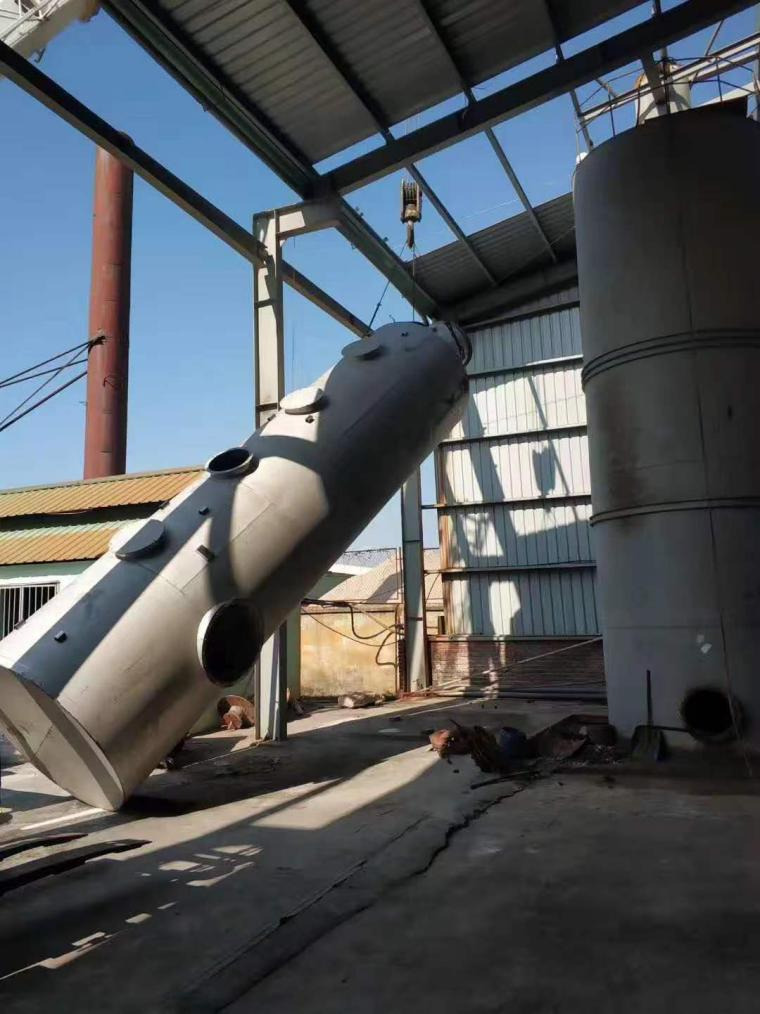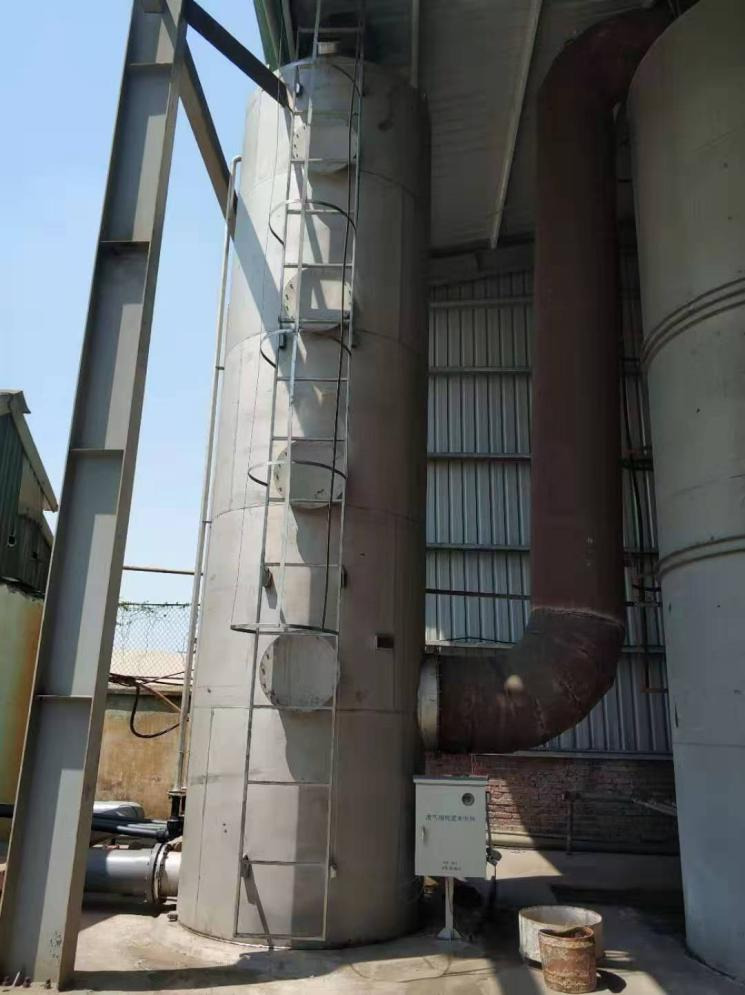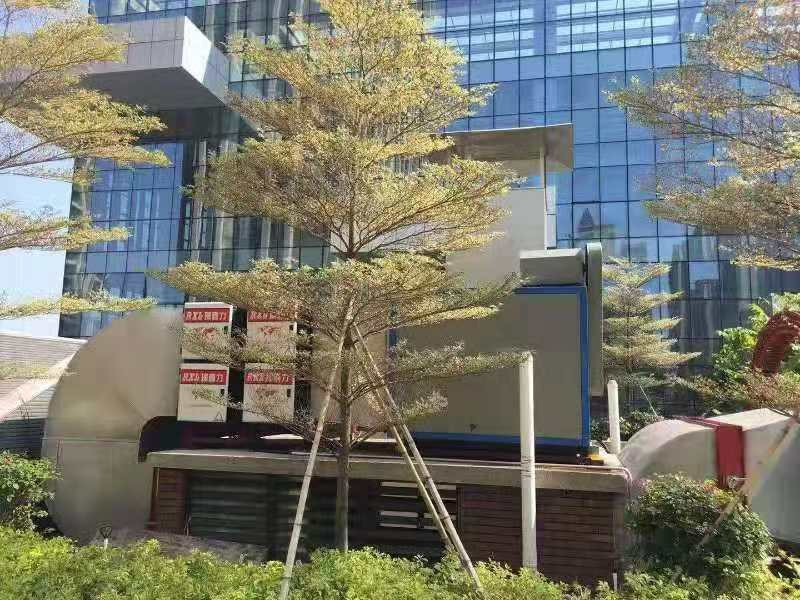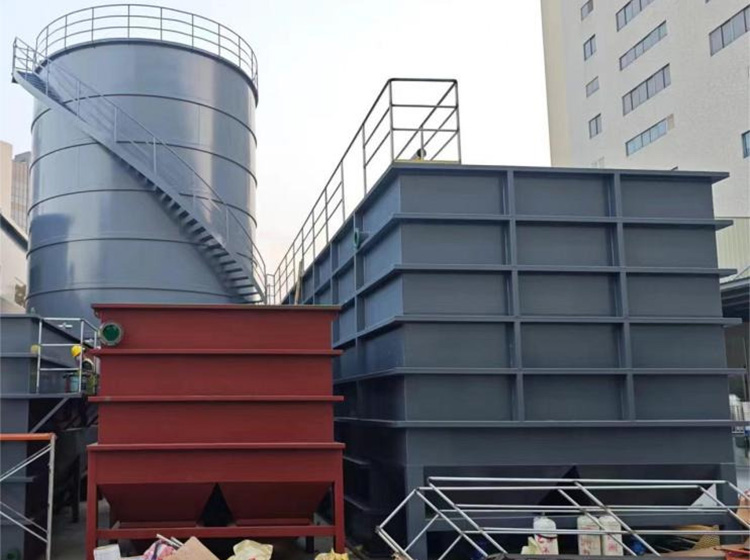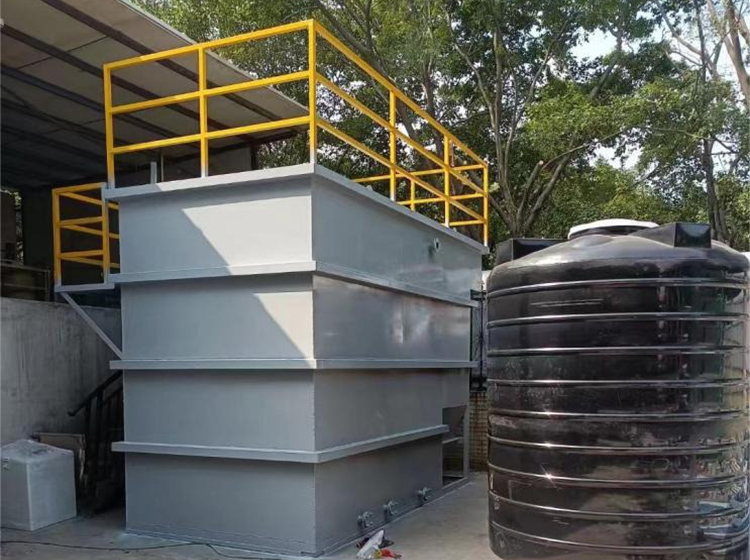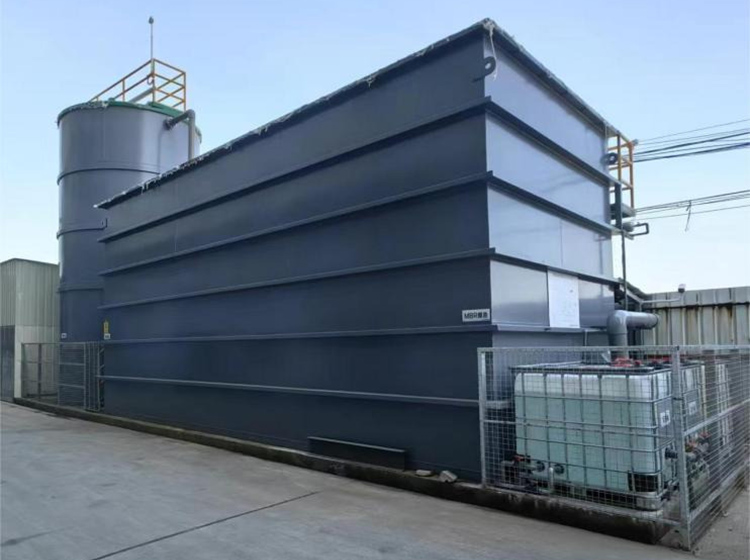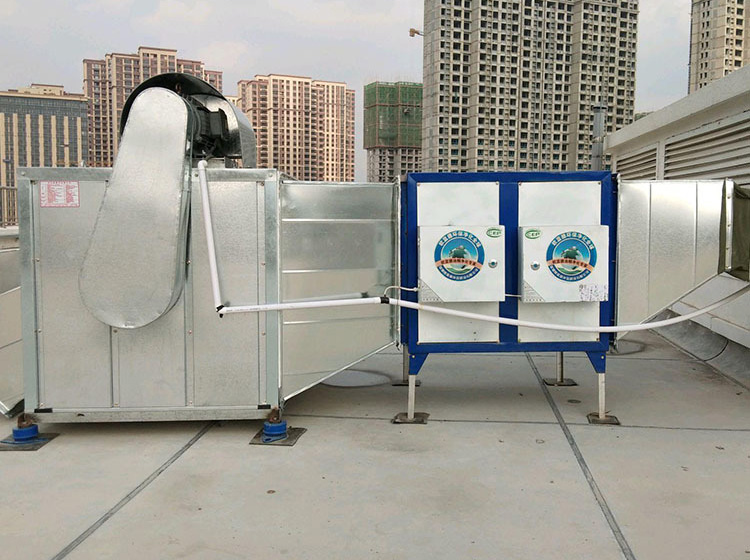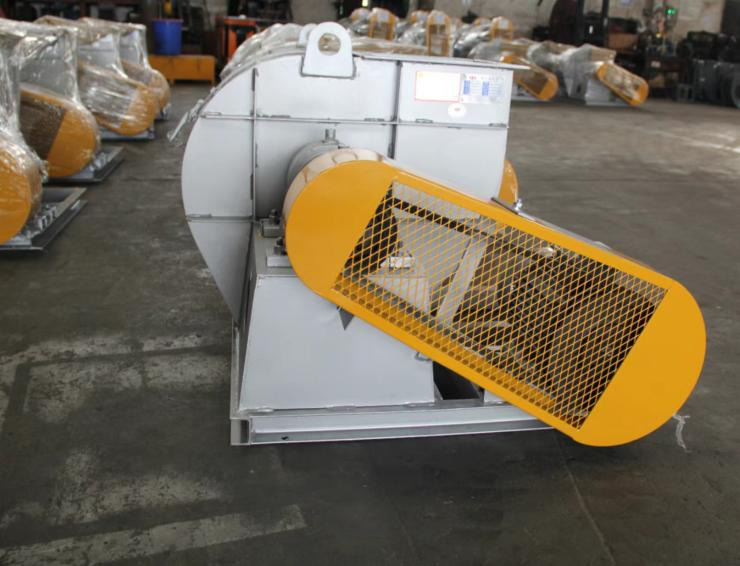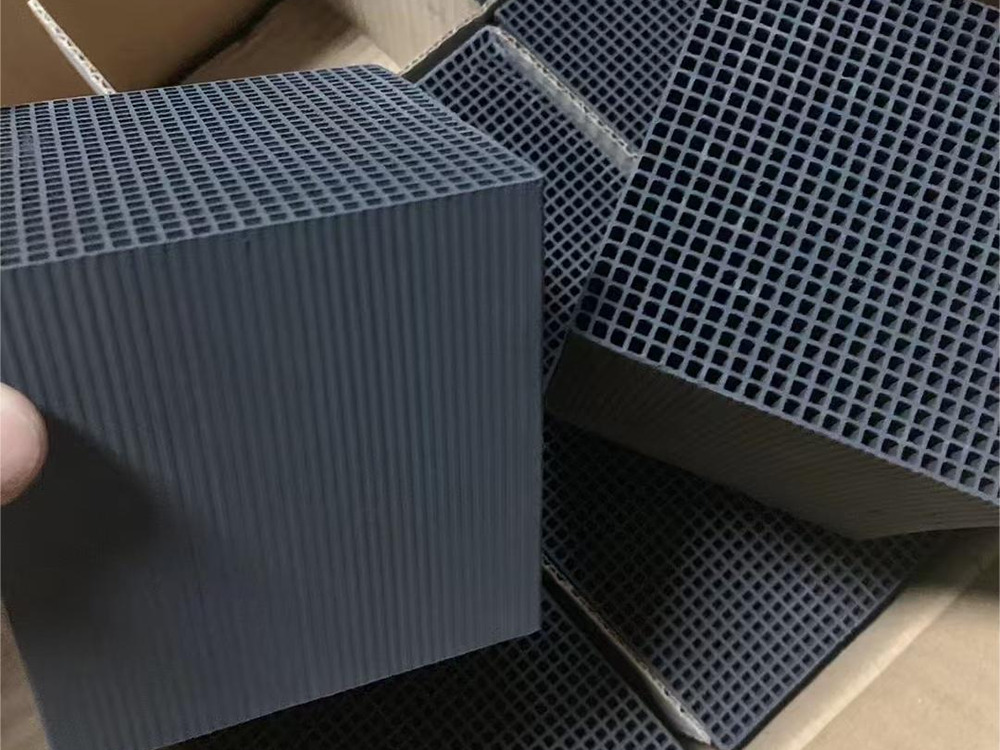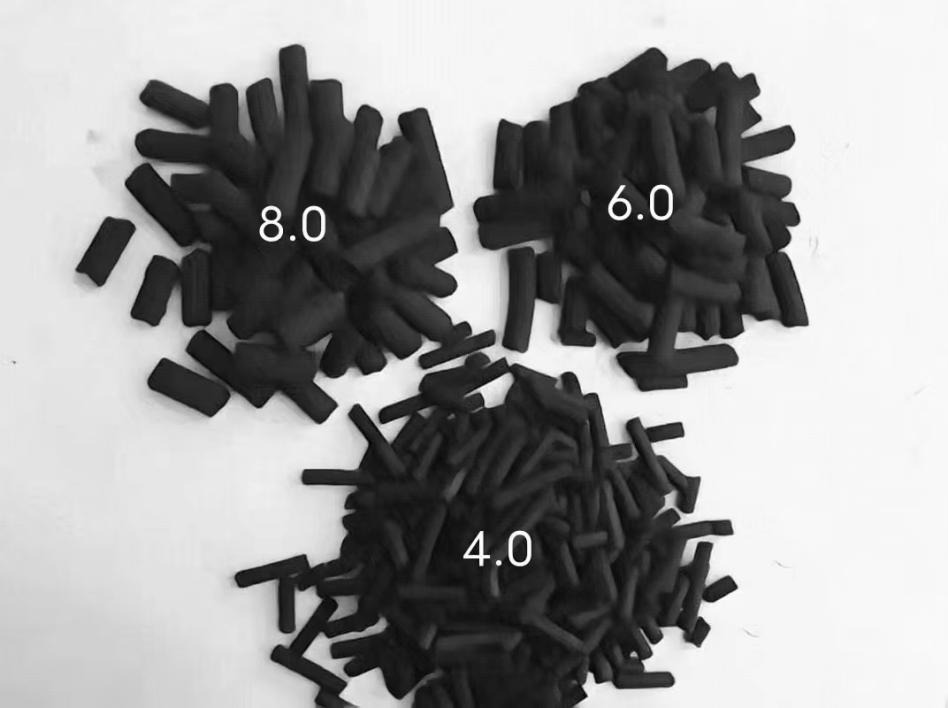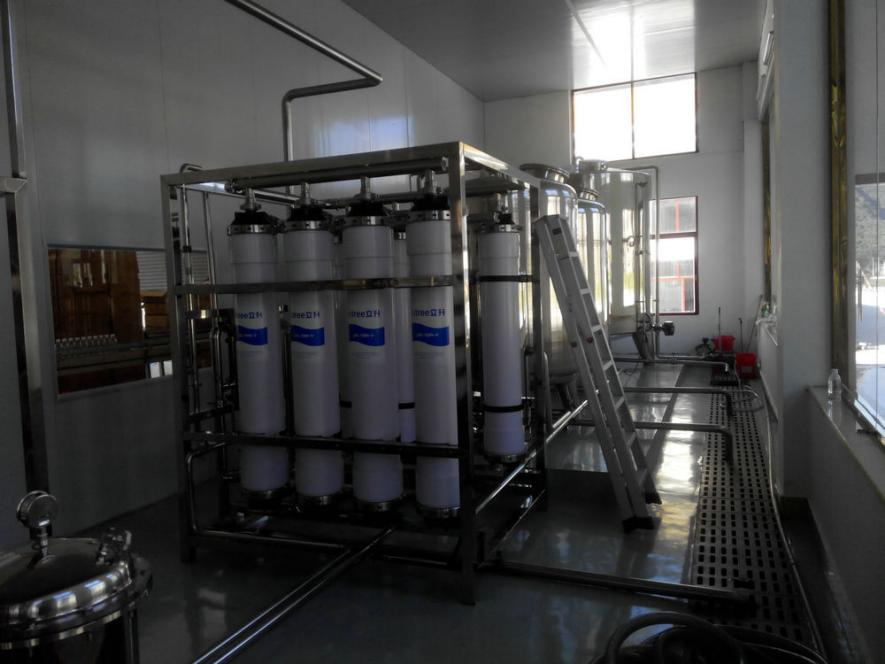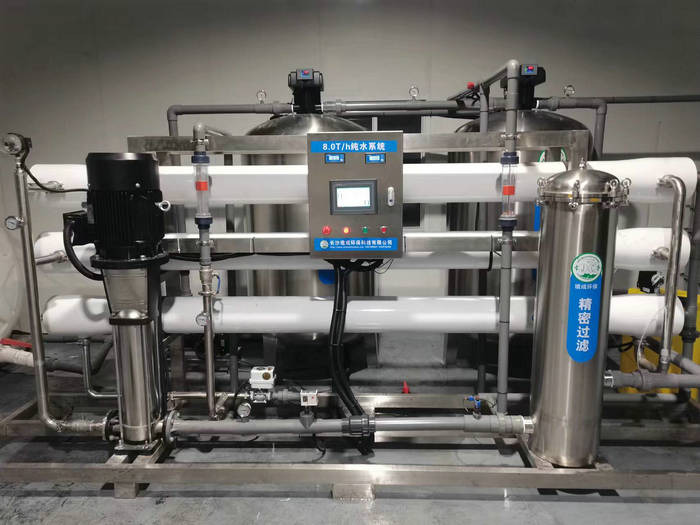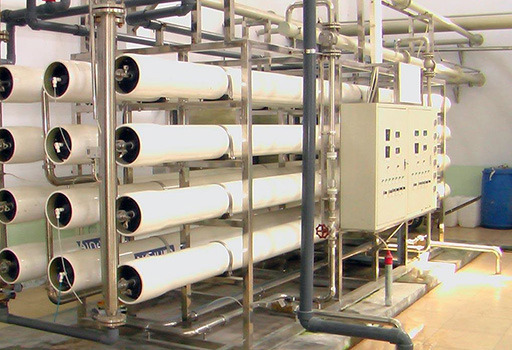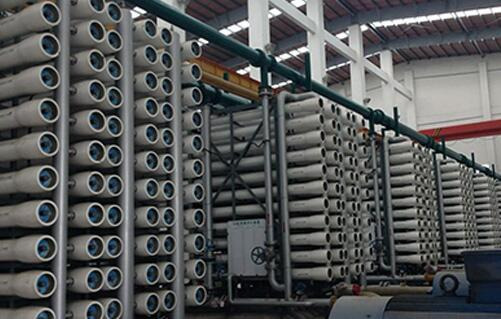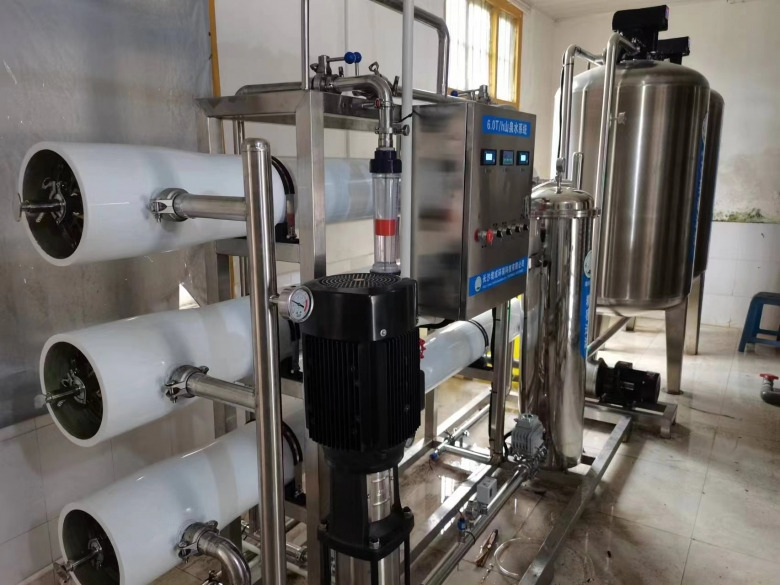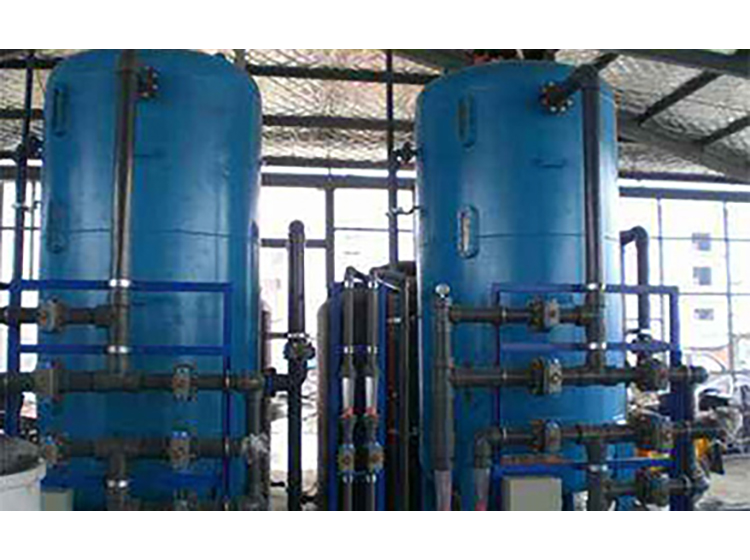Menu
Latest News
Products
1、 Overview:
The equipment adopts the mechanism of cyclone centrifugal separation and DC centrifugal dehydration, and combines with impact foam coagulation and chemical reaction to achieve the purpose of effective smoke suppression, dust removal and sulfur dioxide removal. The flue gas enters the outer cylinder in a tangent direction. Under the centrifugal force, it rotates downward along the cylinder wall. The inclined roof of the outer cylinder has the function of depressing the flue gas. The downward rotating flue gas impacts the liquid surface, splashes a lot of foam, and the flue dust is wetted and condensed by it; Dust particles settle under the action of centrifugal force and liquid adsorption force, and sulfur dioxide in the flue gas reacts with calcium hydride in the liquid as follows: SO2+Ca (OH) 2 CaSO3+H2O
Thus achieving the purpose of desulfurization, the purified flue gas enters the inner cylinder and passes through the secondary dehydrator to form a rotating upward airflow. By relying on centrifugal force, the carried moisture is thrown towards the inner cylinder wall and descends along the wall to the conical sedimentation chamber. The purified flue gas after dehydration is finally drawn out through the top pipe of the dust collector. The lower part of the conical sedimentation chamber is equipped with a chain plate ash remover, which continuously outputs the sediment. The liquid level control box of the sedimentation chamber maintains a normal liquid level through the replenishment pipe. During operation, a 50mm sized block of quicklime (CaO) should be regularly added to the dosing box to form Ca (OH) 2 and participate in the chemical reaction of desulfurization.
2、 Process flow:
The flue gas enters the spray desulfurization tower barrel, forms a relatively liquid contact interface with the absorbent slurry spray in the internal ascending stage of the spray desulfurization tower (the flow rate is 1.5-2m/s), and the flue gas fully contacts with the liquid mist particles in countercurrent flow. During the falling process of the mist particles, SO2 is absorbed and dust particles are captured. The wet dust particles flow downward into the bottom of the desulfurization tower, and are discharged from the overflow hole into the sedimentation tank. The purified gas rising inside the cylinder undergoes dehazing and dehydration through a gas water separator, completing the entire dust removal and desulfurization process, and is then drawn out through the upper conical part of the cylinder. The waste liquid is discharged into the sedimentation tank through the overflow hole at the bottom of the cylinder (the overflow hole has a water seal to prevent air leakage and is equipped with a cleaning hole for easy cleaning of the bottom of the cylinder). After sedimentation (ash removal) and alkali addition (regeneration), it is reused.
3、 Scope of application:
Boiler flue gas desulfurization tower is suitable for exhaust gas and dust purification treatment and black smoke exhaust gas desulfurization treatment in various industrial fields (such as generator exhaust gas treatment, boiler exhaust gas treatment, paint spray treatment, water-soluble dust treatment, etc.)
4、 Product image name: Boiler flue gas dust removal and purification tower

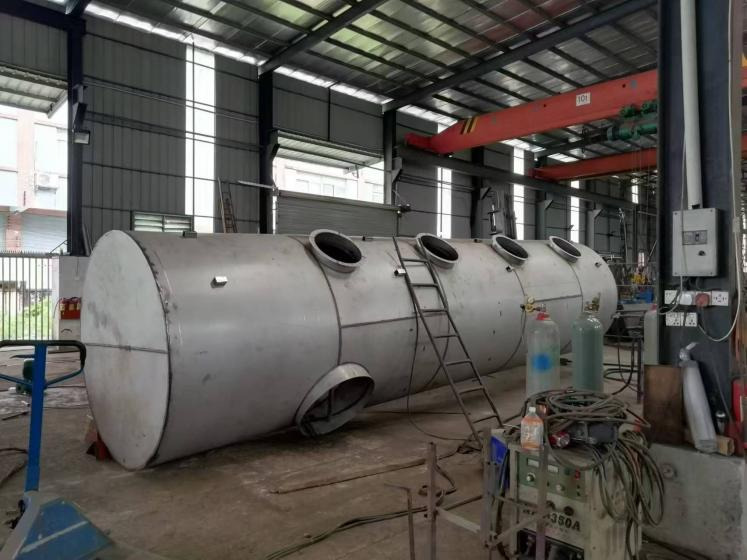
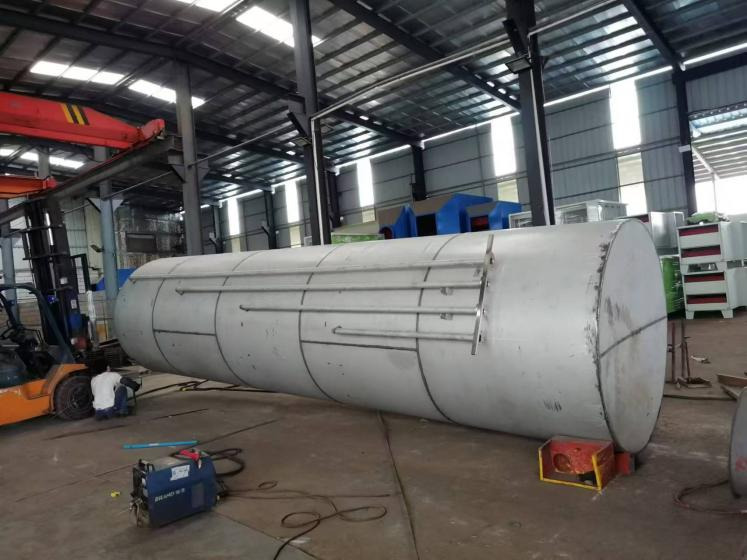
5、 Installation site picture of boiler flue gas purification tower:
